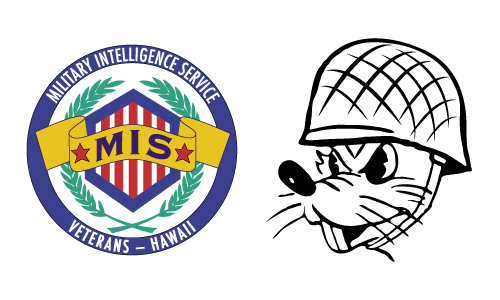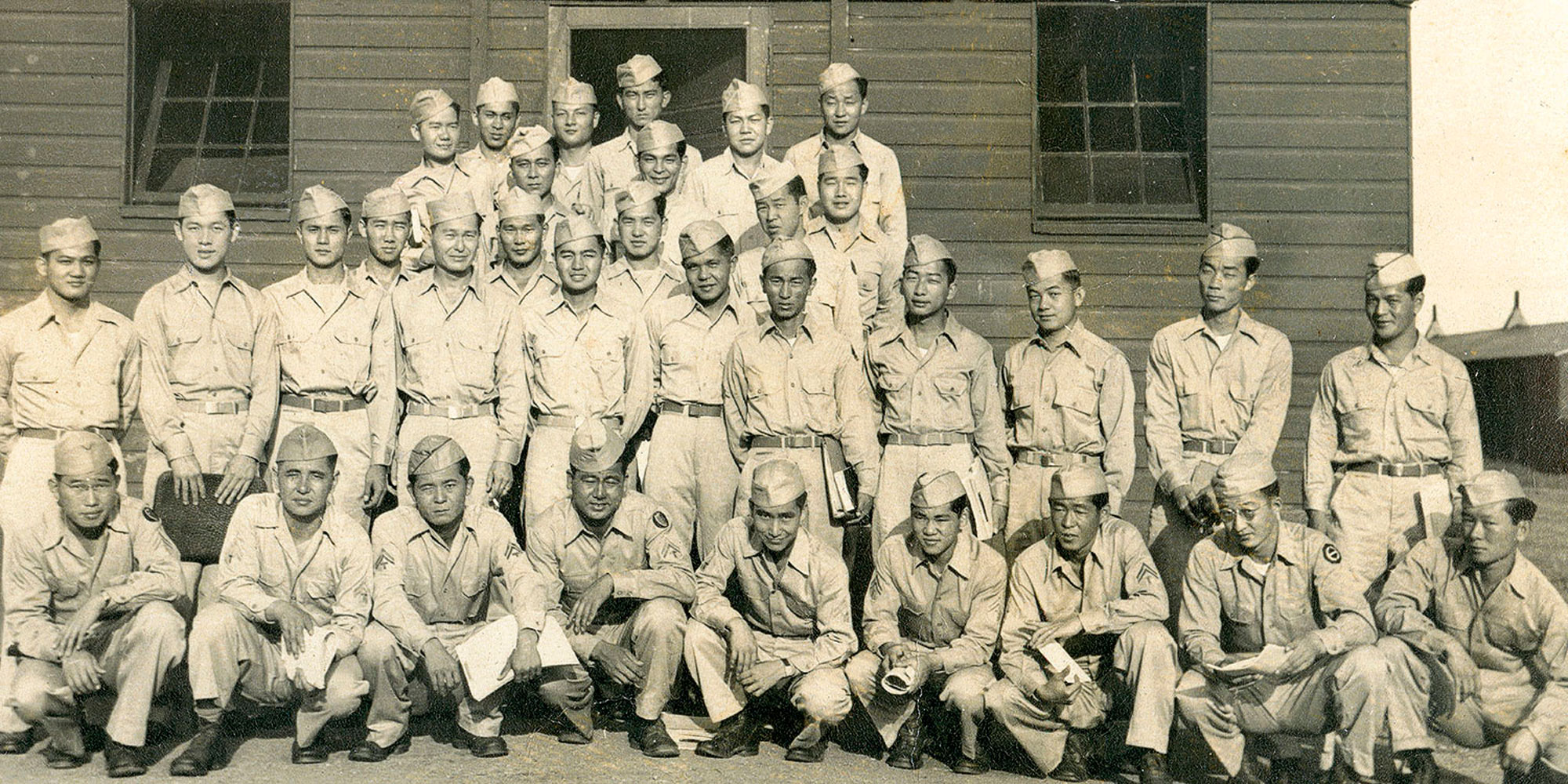Above: CAMP SAVAGE, Minnesota, 1944: Some members of Company D of the MIS Language School class of February 1944. From left, front row (kneeling): Makoto Kunimune, Giichiro Shiraki, Kazuo Nakamura, Richard Maesato, Takenaka, Ginso Wakayama, Jiro Toma, unknown, unknown. Second row: Sam Shimabukuro, Francis Sogi, unknown, unknown, Richard Kosaki, Clarence Miyagi, Satoru Ochi, Edwin Kaneko, Etsuo Tonokawa, Daniel Lyum, Warren Gima. Third row: Sidney Kan, unknown, James Irikura, Ralph Miwa. Fourth row: Riki Yamaguchi, Louis Yamauchi, Soichi Hashizumi. Fifth row: Fujio “Wymo” Takaki, James Ishihara, unknown, Arthur Ishimoto, George Matsunaga, Charles “Slim” Matsumoto. Photo courtesy of George Matsunaga.
The war’s early days were characterized by fear and uncertainty as Imperial Japanese forces moved unchecked throughout Asia and the Western Pacific.
On the U.S. Mainland, widespread anti-Japanese hysteria on the
West Coast convinced President Franklin Roosevelt to sign Executive Order 9066 in February 1942.
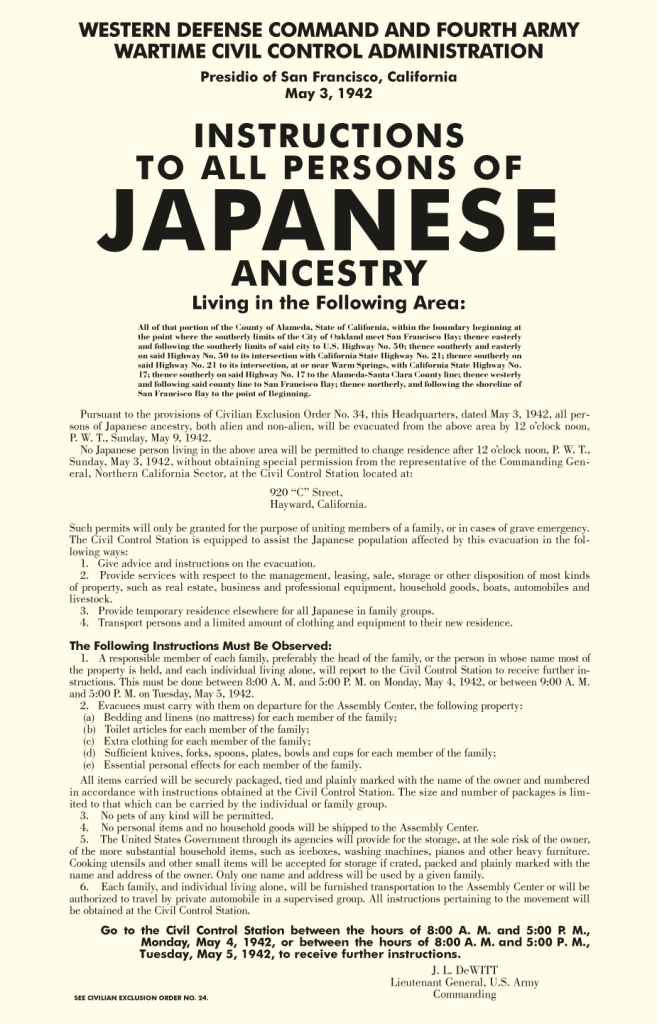
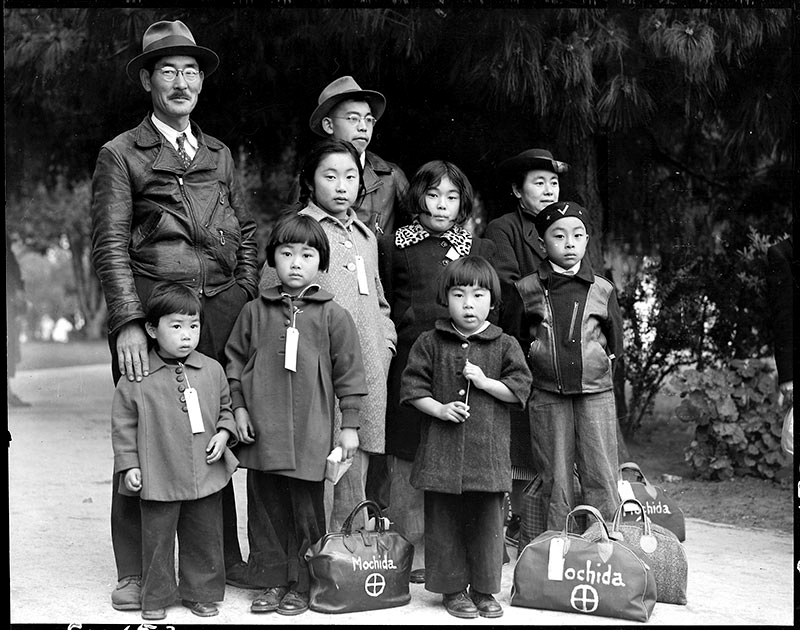
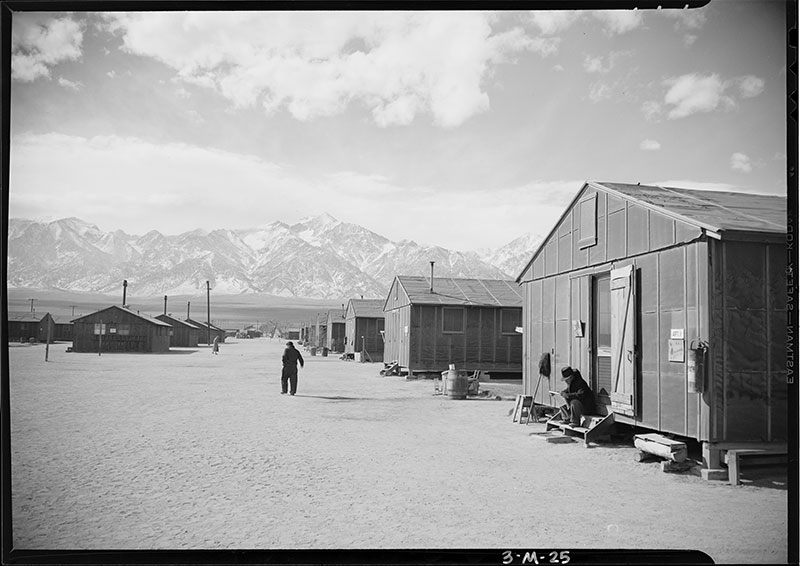

That authorized the forced relocation of all Japanese from the West Coast, more than 110,000 of them, to internment camps in the interior, at the loss of their hard-earned livelihoods and property. The Selective Service Commission reclassified Japanese Americans from draft eligible to IV4-C, “alien not acceptable” for military service.
Meanwhile, Richard Sakakida and Arthur Komori were continuing their intelligence work for General Douglas MacArthur’s defense of the Philippines, adding prisoner interrogation to their duties. After Bataan fell, Komori was ordered to Australia; Sakakida stayed behind and was imprisoned by the Japanese.
Executive Order 9066 Forces MIS Move
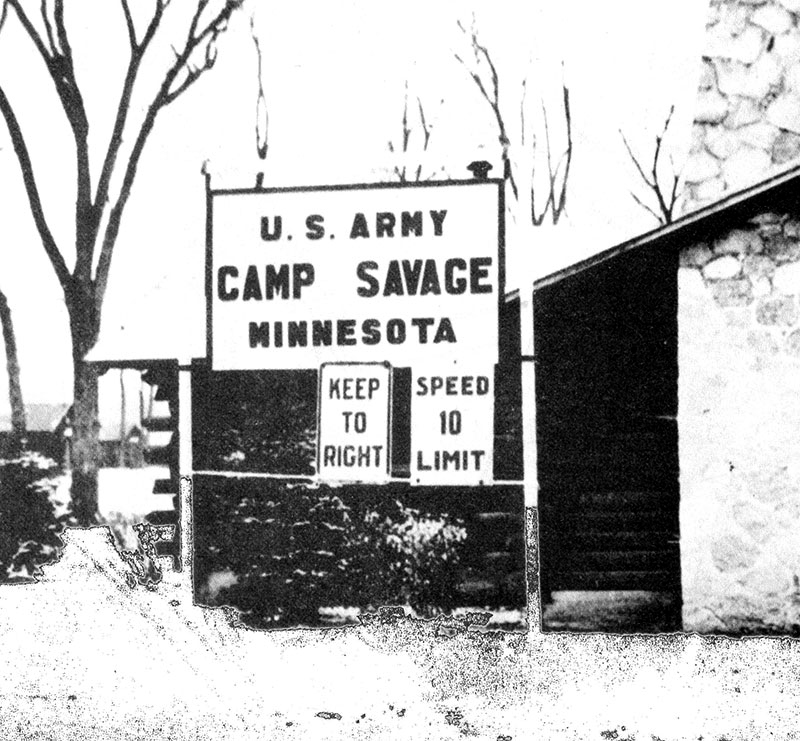

The ban on Japanese on the West Coast forced the Fourth Army Intelligence School to leave San Francisco as soon as its first class graduated. Renamed the Military Intelligence Service Language School, it moved in May 1942 to Camp Savage, Minnesota, one of only a few states willing to welcome the Japanese soldiers. Early graduates of the school were sent to Allied units in Australia, the Southwest Pacific and the Aleutian Islands.
100th Infantry Battalion Arrives in Wisconsin
In Hawaiʻi, the Army removed 1,400 nisei soldiers from their units, where they had served faithfully since before the December 7 attack, as apprehensive and watchful as the next man for a Japanese invasion. On June 5, with the decisive Battle of Midway raging, those suspect nisei left Hawaiʻi for Camp McCoy, Wisconsin, where they became the 100th Infantry Battalion.
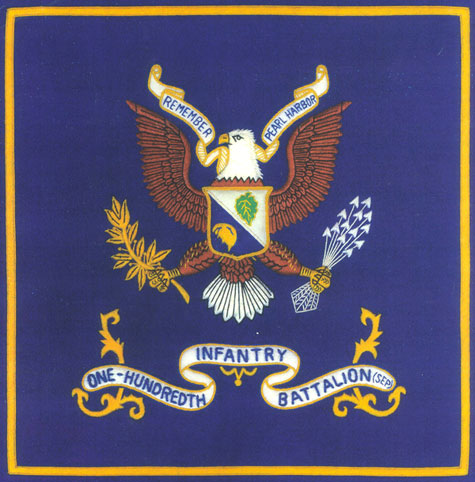
Finally, Action
The Army sorely needed more linguists, so in December 1942, about 60 of those Hawaiʻi soldiers were transferred to Camp Savage. That same month, members of the language school’s first class went into action on Guadalcanal where U.S. troops were battling Japanese forces.
Next: Distant Shores
